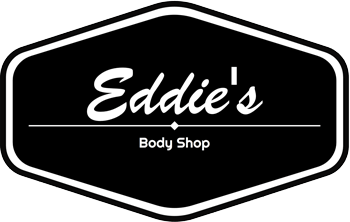In the unfortunate event of a collision, bringing your vehicle to a reputable auto repair shop for restoration is crucial to ensure its safety and longevity. A quality collision repair involves a series of meticulous steps, from initial assessment to the final coat of paint. Let’s delve into the intricacies of this process to understand how skilled technicians bring damaged vehicles back on the road.
Assessment and Damage Evaluation
- Visual Inspection: The first step in a collision repair is conducting a visual assessment of the damage. Technicians inspect the extent of the damage and create a preliminary plan for restoration.
- Computerized Diagnostics: Utilizing advanced diagnostic tools, technicians can identify both visible and underlying damage that may not be apparent during a visual inspection. This step ensures that all issues are addressed accurately.
- Estimation: After assessing the damage, an estimate is prepared detailing the necessary repairs, replacement parts, and labor costs. This estimation provides transparency to the vehicle owner regarding the scope of work needed.
Disassembly and Structural Repair
- Disassembly: The affected areas of the vehicle are disassembled to access the underlying damage. This step allows technicians to uncover any hidden issues that require attention.
- Structural Repair: In cases where the vehicle’s frame or structure is compromised, skilled technicians employ specialized equipment to realign and repair the structural integrity of the vehicle. Precision is key to restoring the vehicle to its pre-accident condition.
Body Repair and Refinishing
- Body Repair: Once the structural components are addressed, the focus shifts to repairing the body panels and components. Skilled technicians use a combination of techniques such as dent removal, panel replacement, and welding to restore the vehicle’s exterior.
- Preparation for Paint: Before applying the final coat of paint, the vehicle undergoes meticulous preparation. This includes sanding, priming, and sealing the surfaces to ensure a smooth and durable finish.
- Painting: The vehicle is meticulously painted to match its original color and finish. Technicians utilize state-of-the-art paint mixing technology to achieve a seamless blend with the existing paintwork.
Reassembly and Quality Check
- Reassembly: With the painting process completed, the vehicle is reassembled with precision and care. All components are fitted back into place, ensuring proper alignment and functionality.
- Quality Check: A comprehensive quality check is conducted to verify that all repairs have been completed successfully. This step includes thorough inspections of the vehicle’s mechanical, electrical, and cosmetic aspects to ensure it meets safety and quality standards.
Final Inspection and Delivery
- Final Inspection: Before returning the vehicle to the owner, a final inspection is carried out to guarantee that all repairs meet the auto repair shop’s rigorous standards. Any remaining issues are addressed promptly to ensure customer satisfaction.
- Delivery: Upon completion of the quality collision repair process, the vehicle is ready for delivery to the owner. Technicians may provide recommendations for ongoing maintenance to keep the vehicle in optimal condition.
A quality collision repair involves a systematic approach that encompasses assessment, structural repair, bodywork, painting, reassembly, and quality assurance. By entrusting your vehicle to a skilled auto repair shop that follows these meticulous steps, you can rest assured that your vehicle will be restored to its pre-accident condition with precision and care.


